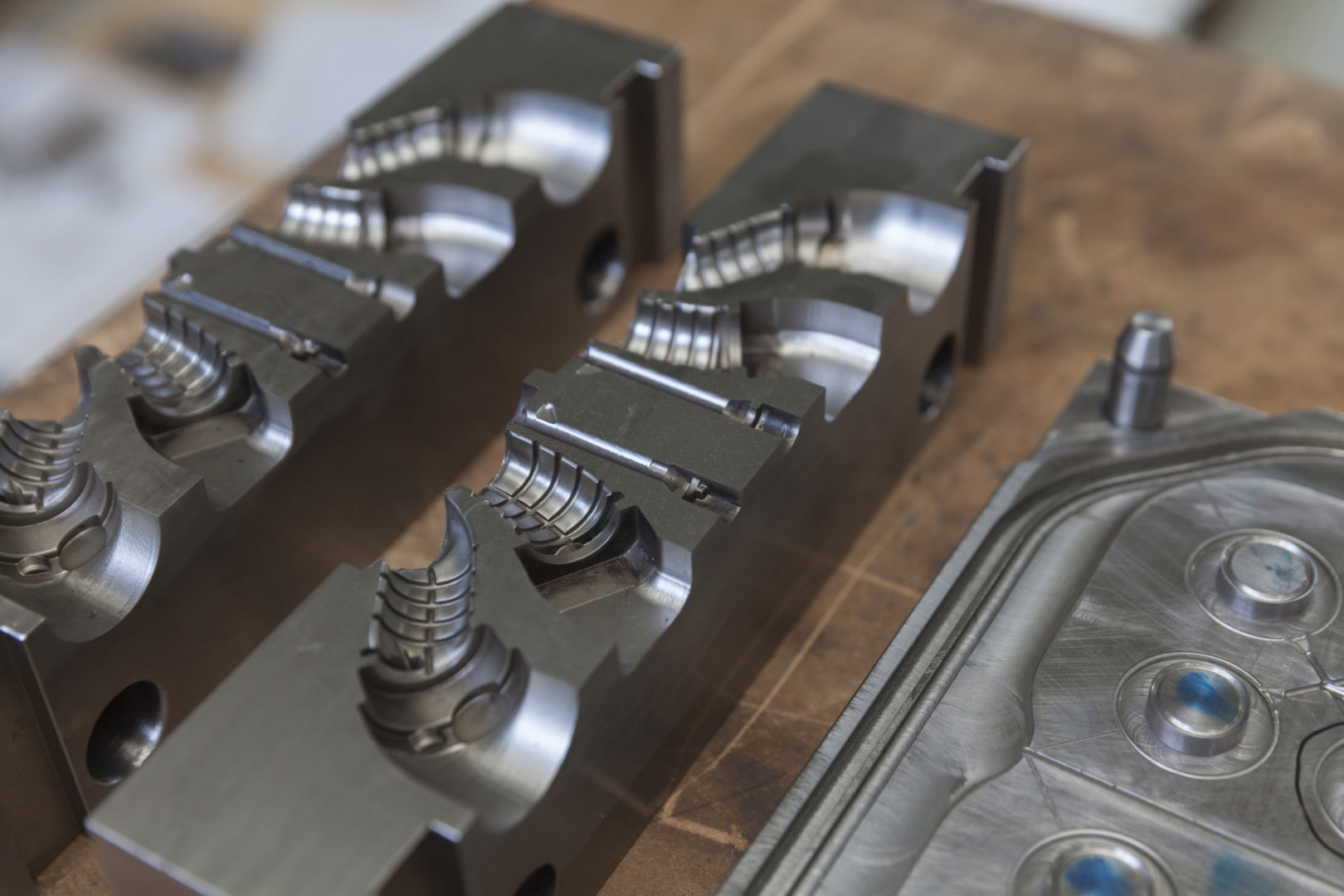Unpacking the Art of Injection Molding: Creating the Future, One Molecule at a Time
In the world of manufacturing, injection molders play a vital role in bringing innovation to life. These precision machines are the cornerstone of modern production processes, responsible for shaping raw materials into a myriad of products we use daily. With the ability to create complex designs and intricate details, injection molder s serve as the driving force behind the advancement of various industries, from automotive to consumer goods.
At the core of injection molding lies a fascinating process where molten material is injected into a mold cavity at high pressure, solidifying into a specific shape upon cooling. This method allows for mass production of identical parts with superb accuracy, making it a popular choice for businesses seeking efficiency and consistency in their manufacturing operations. The versatility of injection molders extends to a wide range of materials, including plastics, metals, and ceramics, offering endless possibilities for cutting-edge product development.

History of Injection Molding
Injection molding is a manufacturing process that has a fascinating history. It traces its roots back to the 19th century, when it first emerged as a method for producing simple items such as buttons and combs. The process underwent significant advancements over the years, evolving into a sophisticated technique capable of producing complex and precise plastic components.
During the mid-20th century, injection molding technology experienced a revolution with the advent of computer-aided design and computer numerical control machines. These innovations allowed for greater precision, efficiency, and customization in the injection molding process. As a result, injection molding became a widely used method for mass-producing plastic parts across various industries.
In recent years, the evolution of materials science and automation technology has further propelled the injection molding industry forward. With the ability to work with a diverse range of materials and the integration of robotics and artificial intelligence, injection molding has become an integral part of modern manufacturing, enabling the creation of intricate products with unparalleled speed and accuracy.
Innovations in Injection Molding
Injection molding has evolved significantly over time, leading to innovative techniques that enhance the production process. One such innovation is the development of multi-material injection molding technology. This advancement allows manufacturers to create complex products with varying colors, textures, and properties in a single production cycle, increasing efficiency and reducing material waste.
Another notable innovation in injection molding is the integration of automation and robotics. Automated systems now play a crucial role in streamlining the injection molding process, from material handling to part ejection. By incorporating robotics, manufacturers can achieve higher precision, faster cycle times, and improved consistency in product quality, ultimately driving productivity and cost-effectiveness.
Furthermore, the introduction of advanced materials for injection molding has revolutionized the capabilities of this manufacturing method. With the use of high-performance polymers, biodegradable materials, and metal injection molding (MIM) technology, manufacturers can produce parts that meet stringent requirements for strength, durability, and environmental sustainability. These advancements open up new possibilities for creating innovative products across various industries.
Applications of Injection Molding
In various industries, injection molding plays a crucial role in producing a wide range of parts and products. Its versatility allows for the manufacturing of intricate components used in electronics, such as laptop shells and phone cases. With the ability to handle complex geometric shapes and tight tolerances, injection molding is preferred for creating precision parts needed in the automotive sector, including bumpers, dashboards, and interior trims.
Moreover, the medical field benefits significantly from injection molding technology, as it enables the production of precise and sterilizable medical devices, such as syringes, IV components, and surgical instruments. The process ensures the consistency and quality required in healthcare applications, meeting stringent regulatory standards. Additionally, injection molding is utilized in the consumer goods industry to manufacture items ranging from kitchen utensils and packaging containers to toys and household appliances.
Furthermore, the aerospace sector leverages injection molding for producing lightweight yet durable components used in aircraft and spacecraft. The high-strength materials utilized in injection molding allow for the creation of parts that can withstand extreme conditions while maintaining strict weight requirements. Overall, the versatility and efficiency of injection molding make it an indispensable manufacturing method across various industries.